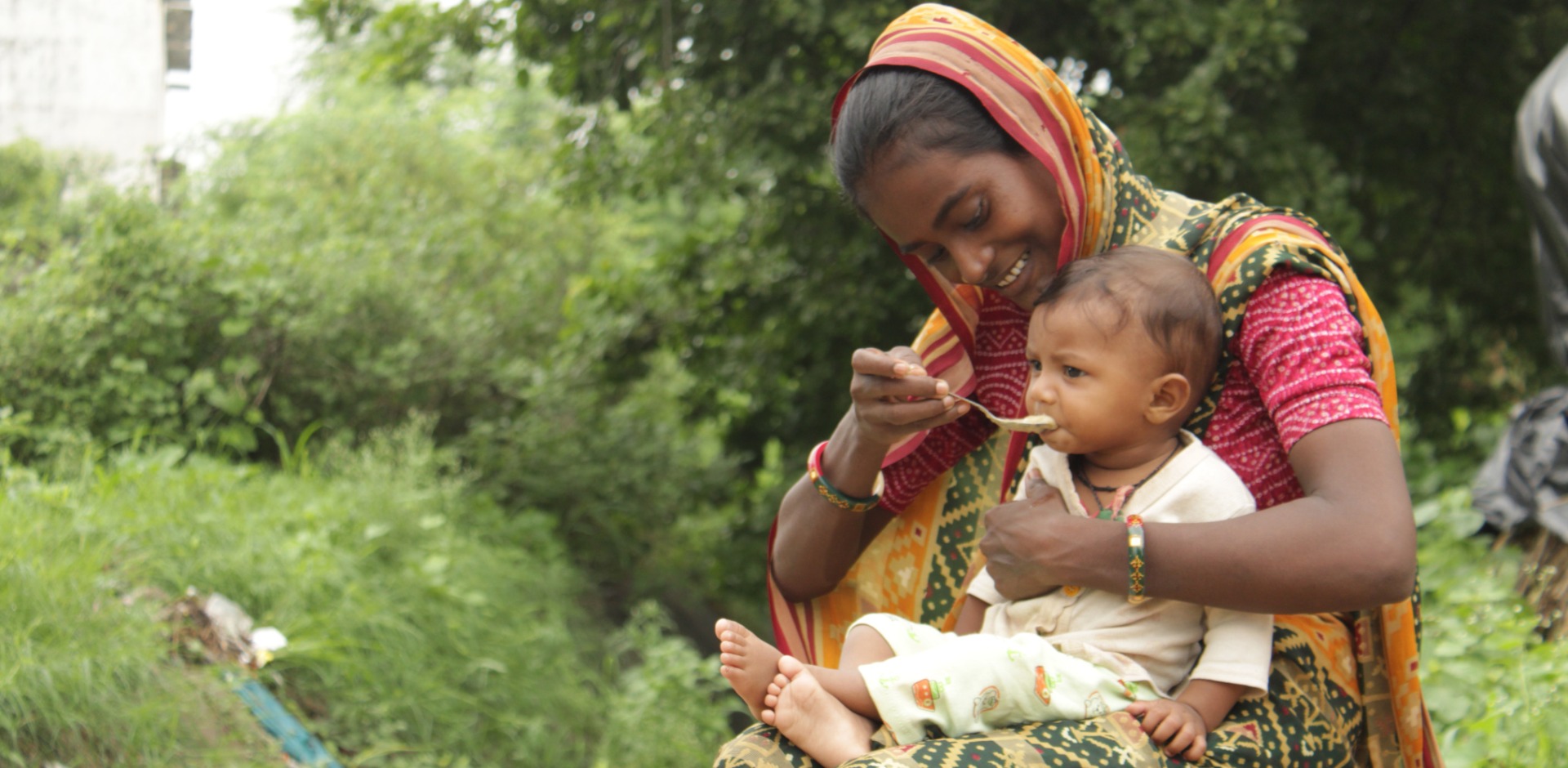
This Holiday Season, Give the Gift of Hope
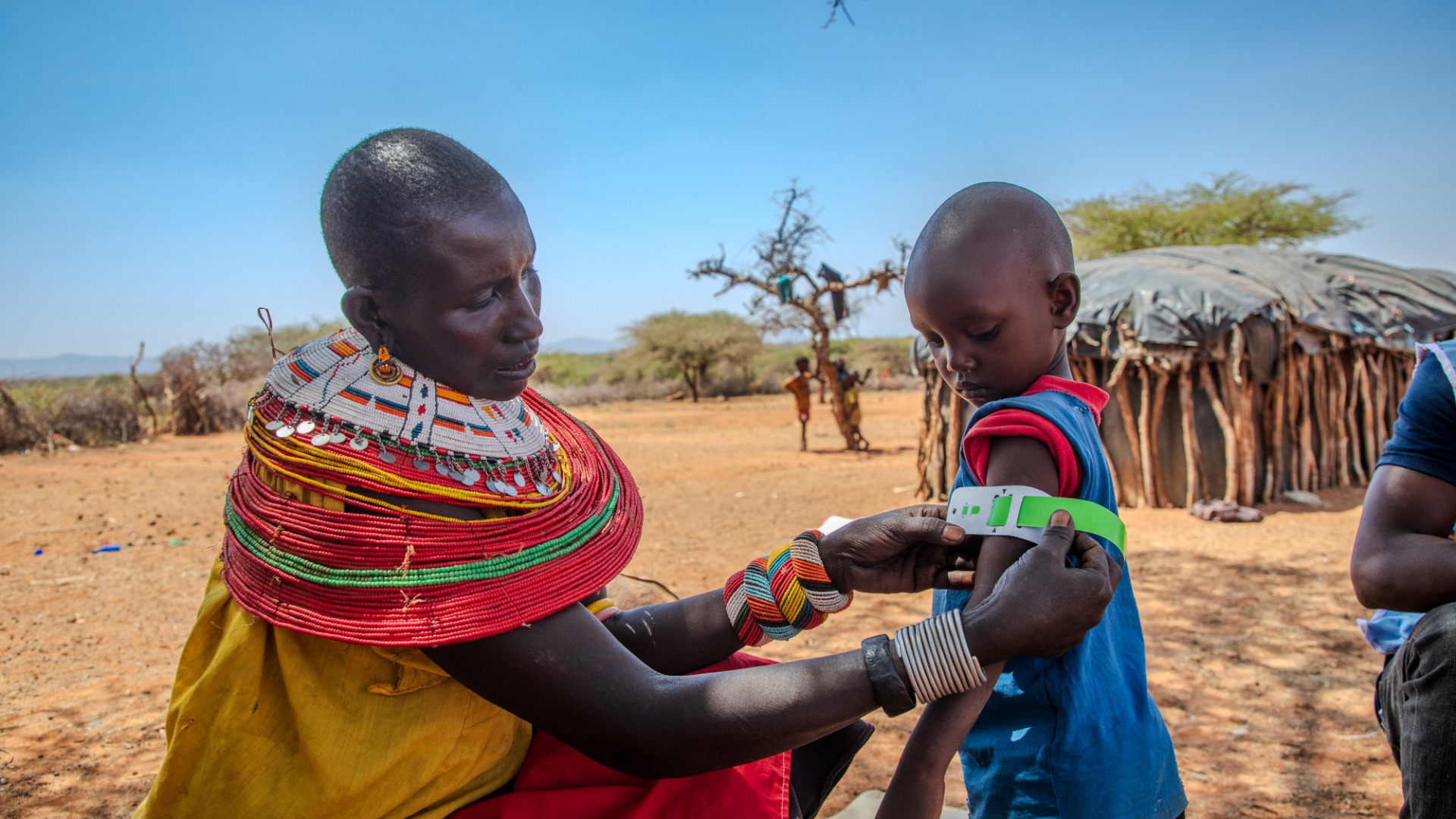
In 2023, 2.3 billion people were moderately or severely food insecure. That means that they had no regular access to adequate food. Nearly 11% of the population — or more than 864 million people — were severely food insecure, meaning they ran out of food at times during the year or even gone an entire day or more without eating.
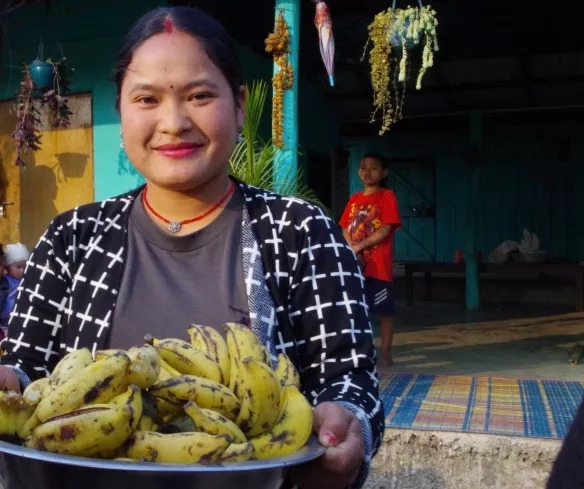
People Around the World are Moderately or Severely Food Insecure
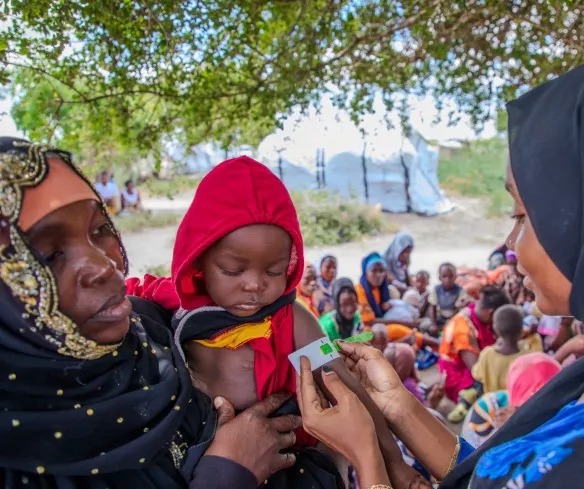
of the world cannot afford a healthy diet.
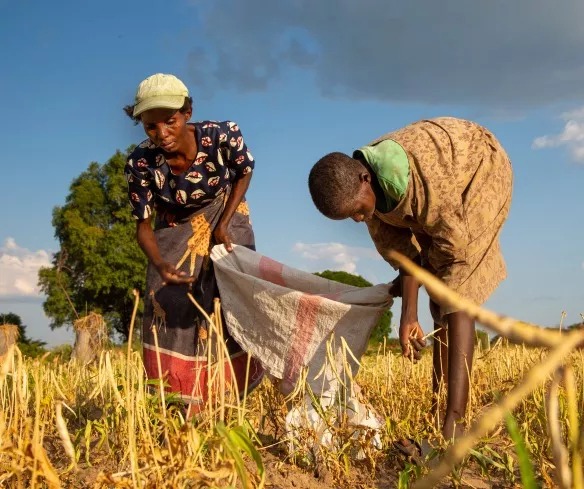
of Africa’s population experiences moderate or severe food insecurity.
Food insecurity exists when people do not have adequate physical, social, or economic access to nutritious food.
The Food Insecurity Experience Scale is defined as an experience-based food security scale used to produce a measure of access to food at different levels of severity that can be compared across contexts. It relies on data obtained by asking people, directly in surveys, about the occurrence of conditions and behaviors that are known to reflect constrained access to food.
The scale is based on a survey, which includes a set of eight questions regarding people’s access to adequate food.
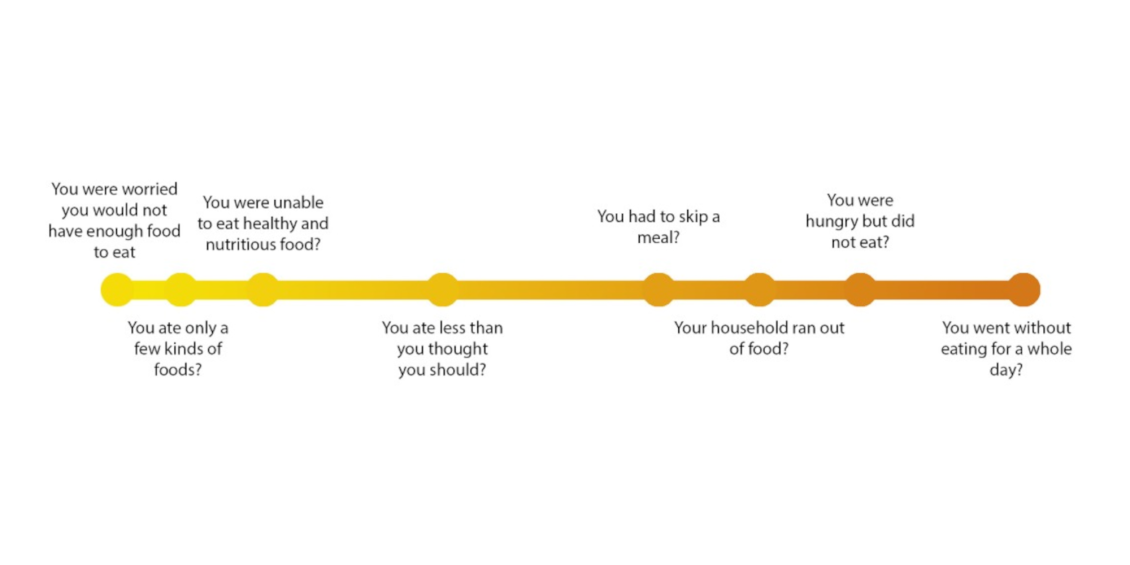
Here are the two levels of food insecurity, according to the United Nations:
Moderate food insecurity is defined as the level of severity of food insecurity, based on the Food Insecurity Experience Scale. At this level, people are uncertain about their ability to obtain food and have been forced to reduce, at times during the year, the quality and/or quantity of food they consume due to lack of money or other resources. It means people face a lack of consistent access to food, which diminishes dietary quality, disrupts normal eating patterns, and can have negative consequences for nutrition, health and well-being.
Severe food insecurity is defined as the level of severity of food insecurity at which people have likely run out of food, experienced hunger and, at the most extreme, gone for days without eating, putting their health and well-being at grave risk, based on the Food Insecurity Experience Scale.
Food insecurity remains one of the most urgent crises of our time. The United Nations’ second Sustainable Development Goal, Zero Hunger, aims to end world hunger by 2030. The world is not on track to reach this goal — although we’ve made some progress, improvements have been uneven and insufficient.
In villages, cities, farms, jungles, and deserts around the world, millions of families are unable to put food on the table — let alone purchase nutritious and healthy food.
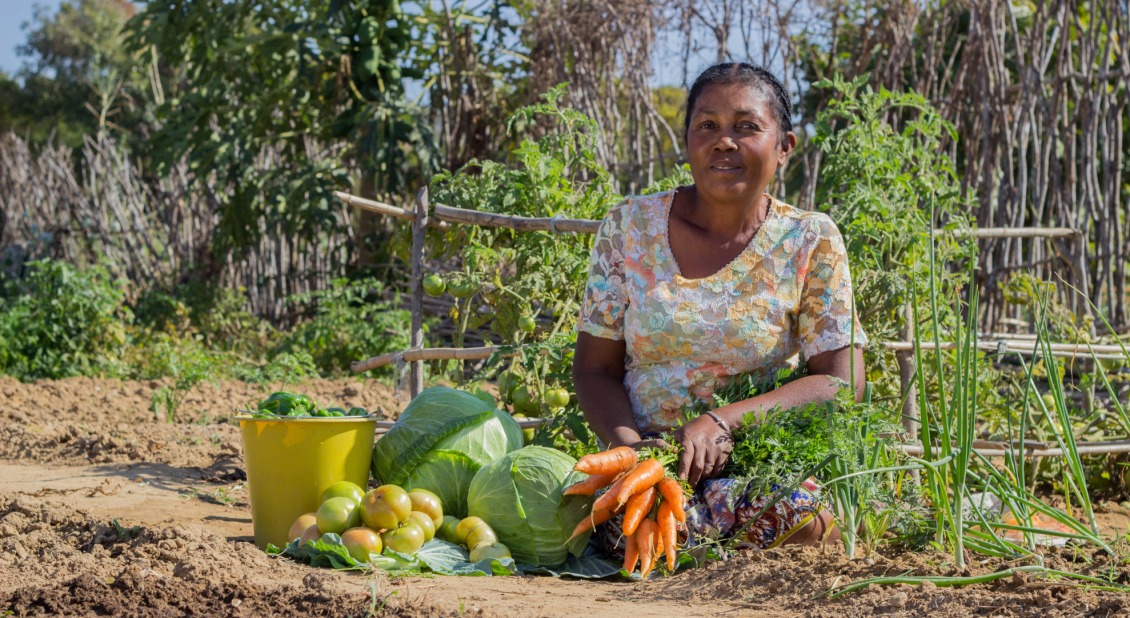
Food insecurity in Africa is higher than any other continent. In 2023, the prevalence of moderate or severe food insecurity in Africa (58%) was nearly double the global average. Nearly 20% of Africa’s population experiences hunger. Africa is home to four out of five of the countries with the largest numbers of people facing high levels of acute food insecurity: the Democratic Republic of Congo, Nigeria, Sudan, and Ethiopia.
Despite some progress made in Latin America’s food security, there’s still work to be done. Nearly 30% of the population are moderately or severely food insecure. The migration crisis is fueling hunger for men, women, and child migrants, who trek hundreds of miles in search of safety. Escalating violence in Haiti has led to large-scale displacement, and nearly half of the population, or five million people, face crisis levels of acute food insecurity.
In the Middle East, conflicts in Syria and Gaza are leading to some of the world’s most dire humanitarian crises. More than half of Syrian’s population faces acute food insecurity, as well as 100% of Gaza’s. In both regions, millions of people have no access to food or water, let alone humanitarian aid.
We’re on the ground providing healthcare in some of the world’s most hard-to-reach places. In many areas, we’re the only ones that can. From crowded refugee camps to rural villages, we’re ensuring that food insecurity is eradicated for good.
Globally, women and children bear the brunt of food insecurity. Families in rural places also experience the highest levels of food insecurity.
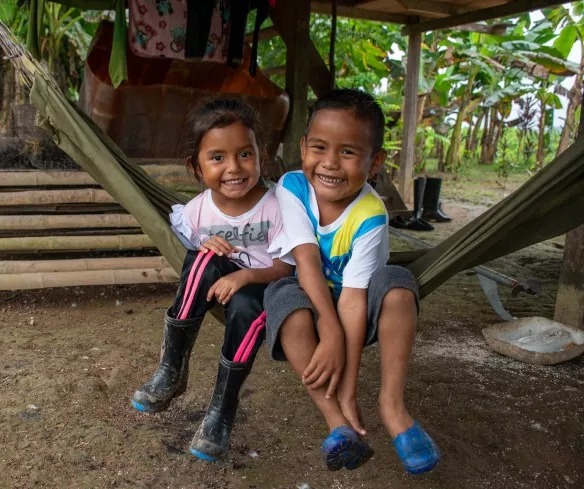
of rural areas are impacted by food insecurity
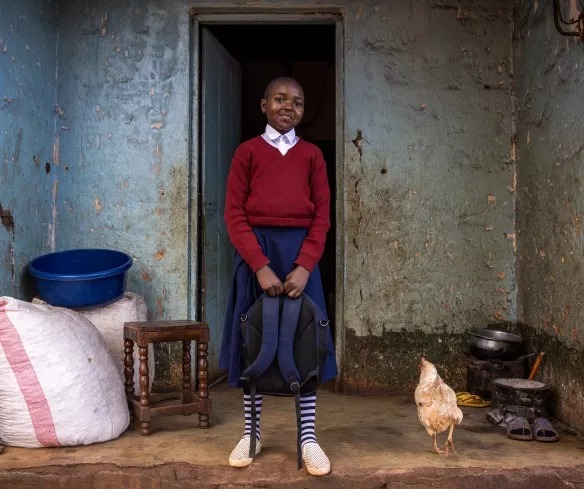
of people in low-income countries cannot afford a healthy diet.

of people in high-income countries cannot afford a healthy diet.

Droughts, floods, cyclones, hurricanes and other climate shocks can kill livestock, devastate infrastructure, contaminate water sources, and destroy crop fields. As the world warms, this crisis continues to threaten food production worldwide.

Conflict drives food insecurity, and it's vicious cycle. Where there is violence, there is hunger. Markets are bombed and demolished. Families are forced to flee. Humanitarian aid is inaccessible. Nutritious food becomes unreachable.
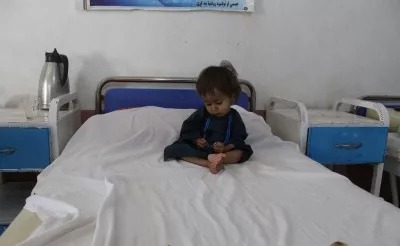
Economic instability greatly contributes to food insecurity. Inflation drives up food prices, preventing families from buying even basic necessities. Marginalized and impoverished populations are especially at risk, including women, the elderly, and the disabled. Still among countries in a hunger crisis, only 35% of hunger funding needs are met.
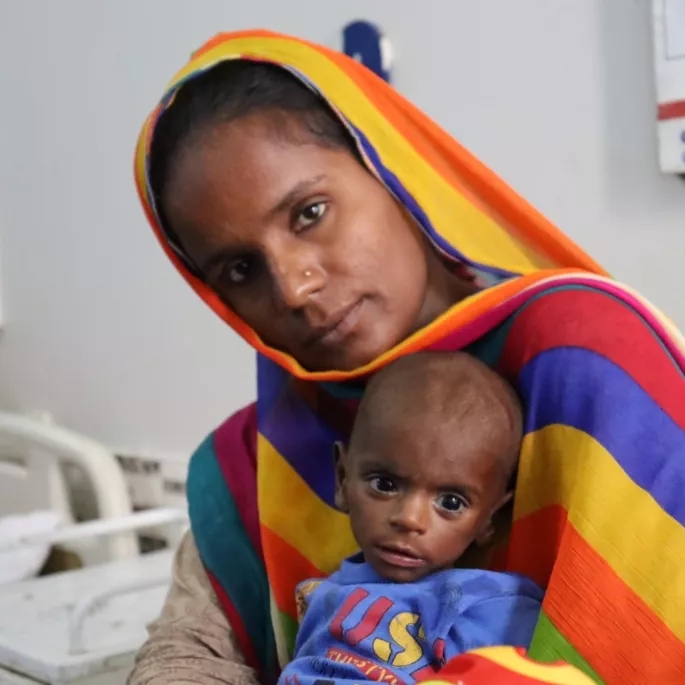
Failing to address food insecurity will have long-term consequences for the world’s most vulnerable. From Gaza to Sudan, food insecurity can lead to malnutrition, chronic illnesses, and even death. On a wider scale, it can affect the well-being, economic stability, and infrastructure of an entire community.
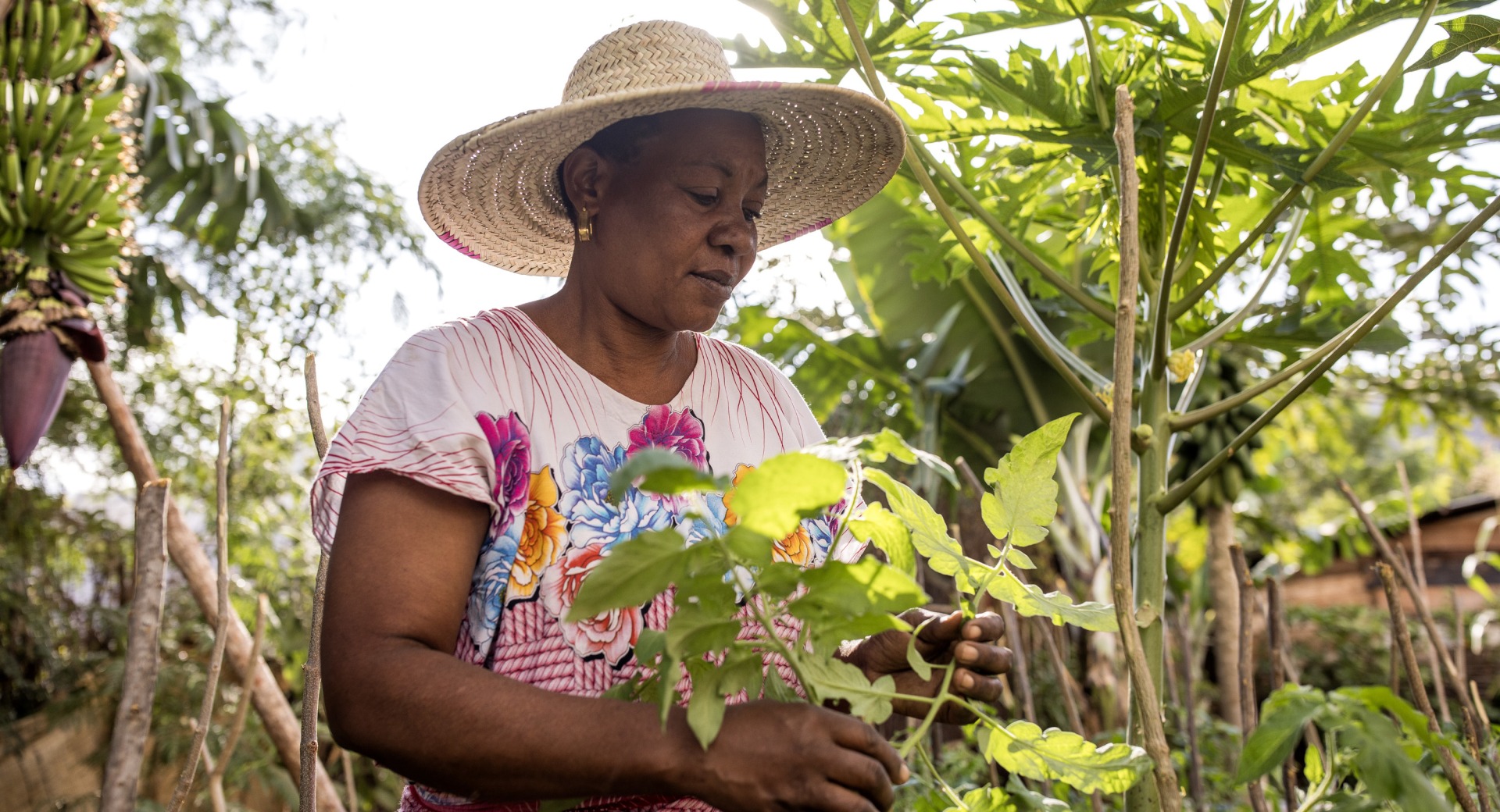
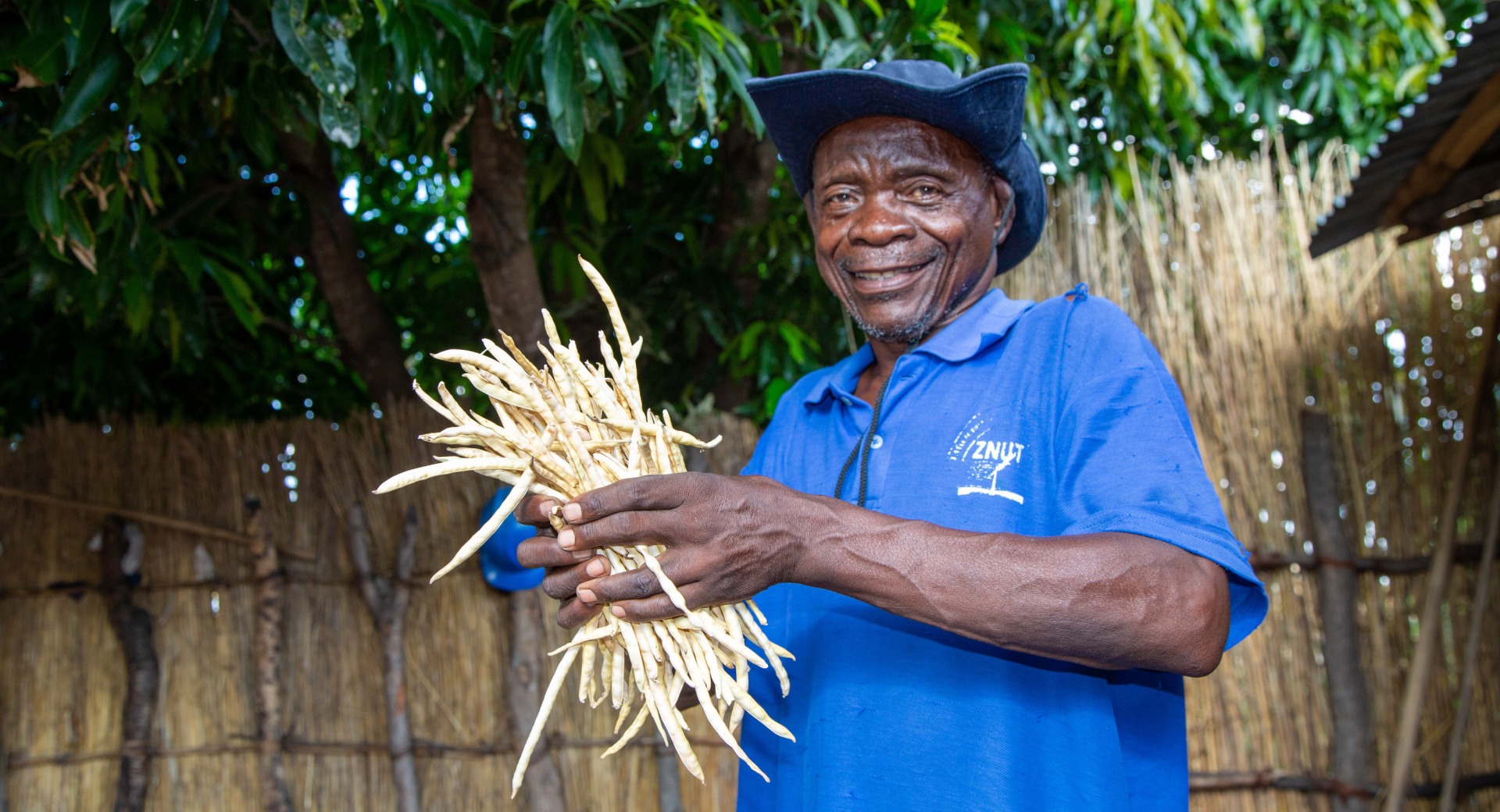
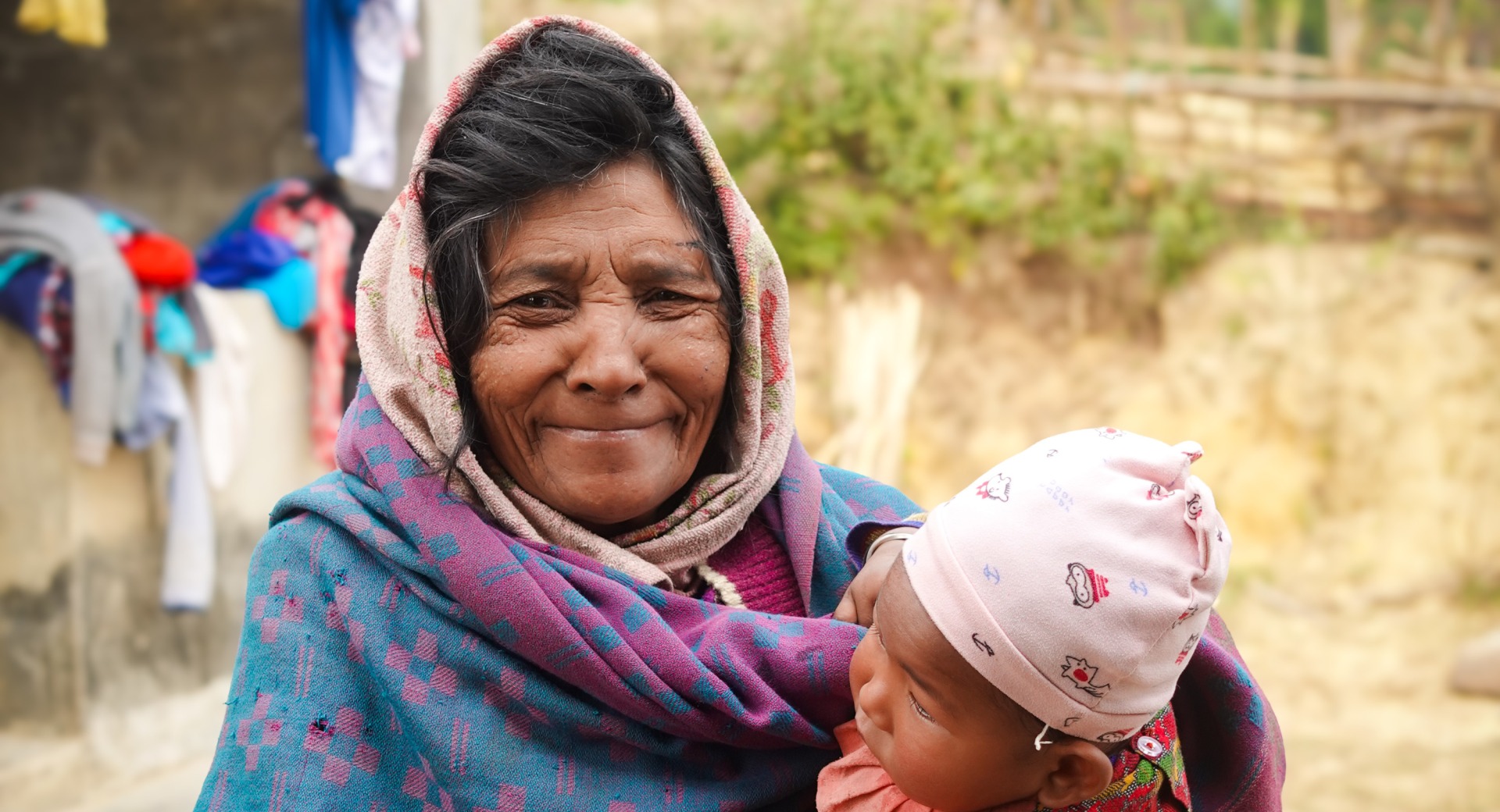
In Tanzania, Action Against Hunger supports small scale farmers to fight hunger.
Three Meals a Day, Thanks to Kitchen GardensSitwala Mangolwa has never been one to give up. At 66, he and his seven children work day and night in the hopes of a healthy harvest. With Action Against Hunger, Sitwala is now farming black-eyed peas.
For Farmers in Zambia, A Successful Harvest Needs More than Just SeedsAs men in Nepal leave their homes and search for opportunities elsewhere, female farmers are forced to take things into their own hands.
In Nepal, Women Forge Their Own Path
We stop hunger in its tracks thanks to our expert team of scientists and researchers.
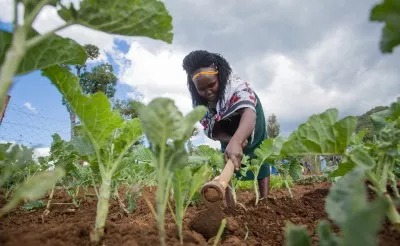
We connect farmers with local markets and support them in earning income.

We treat malnutrition and spread awareness about healthy diets.